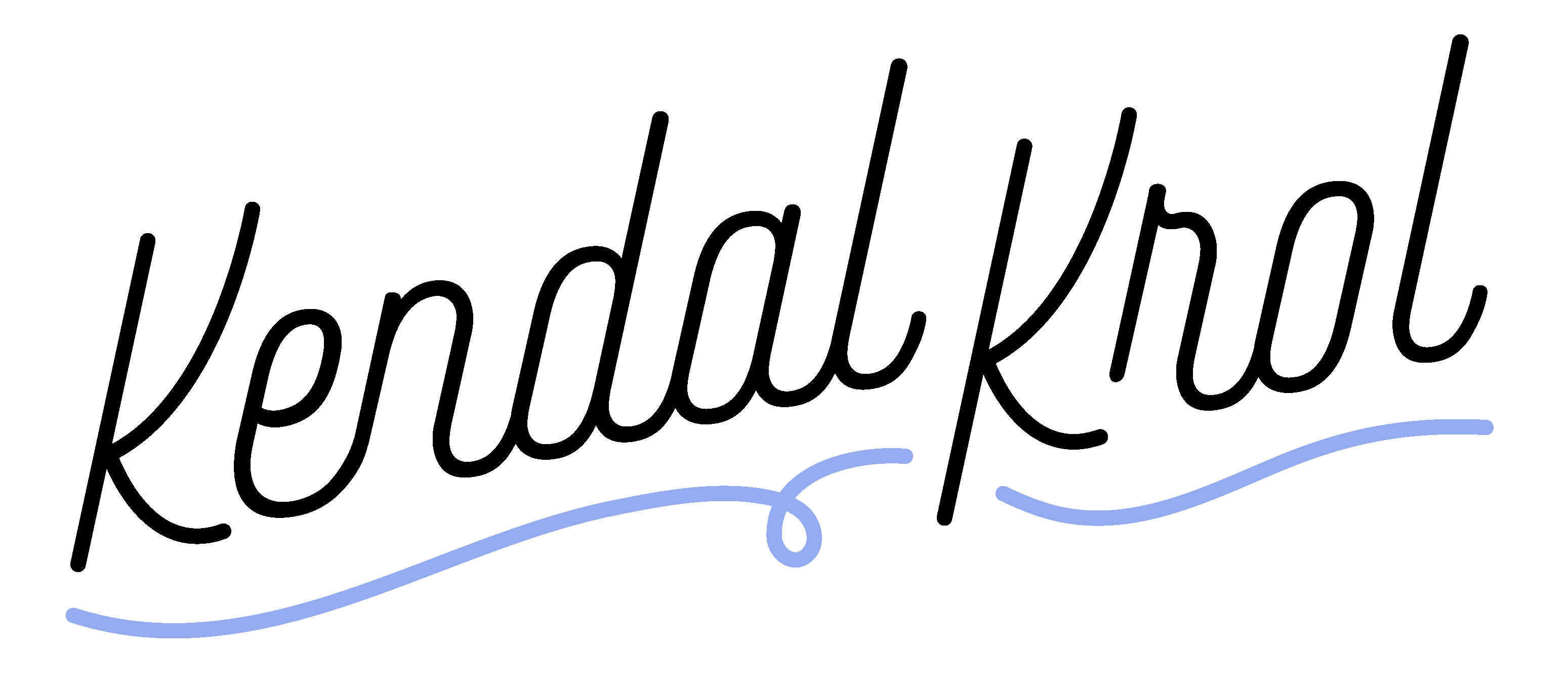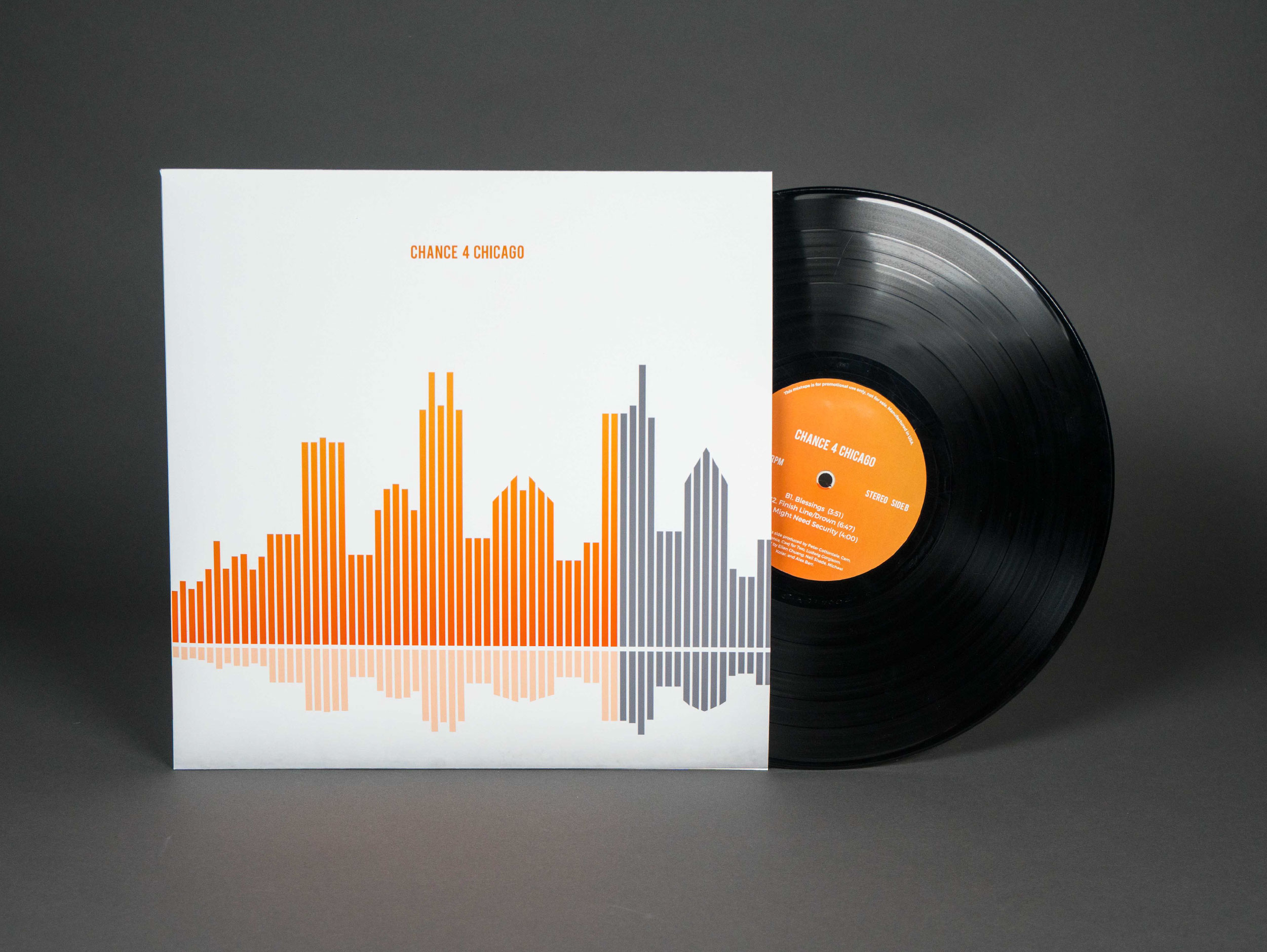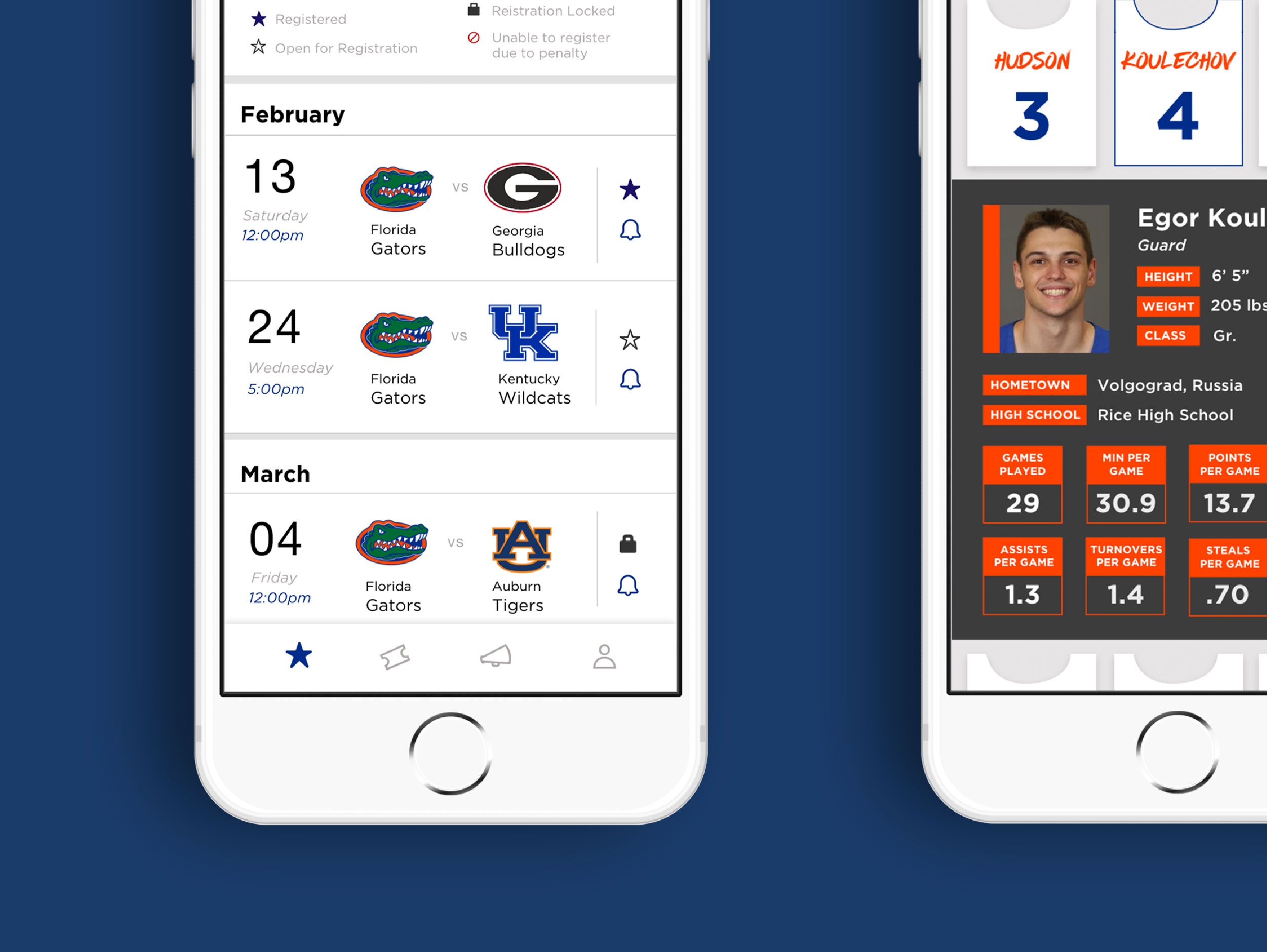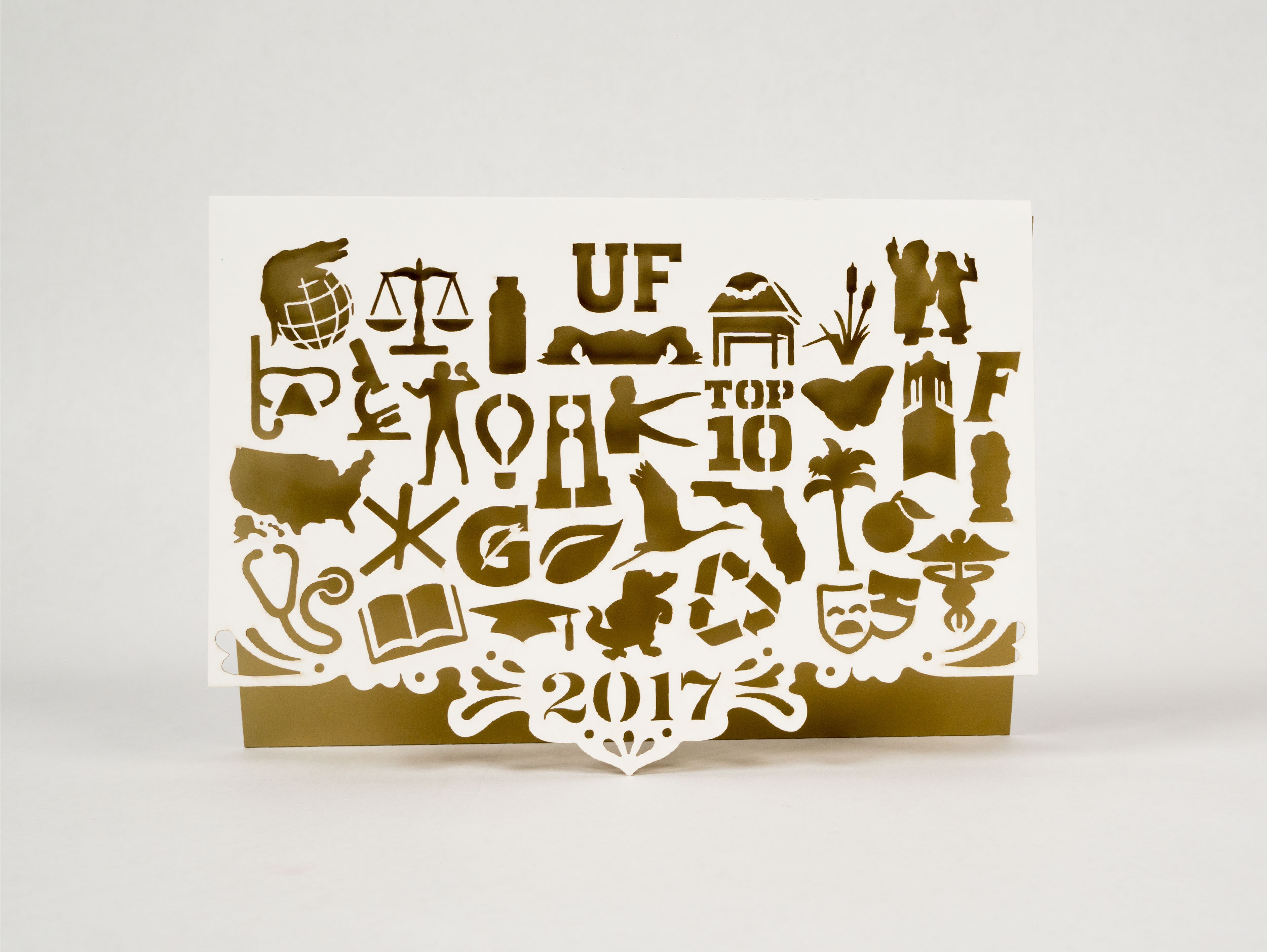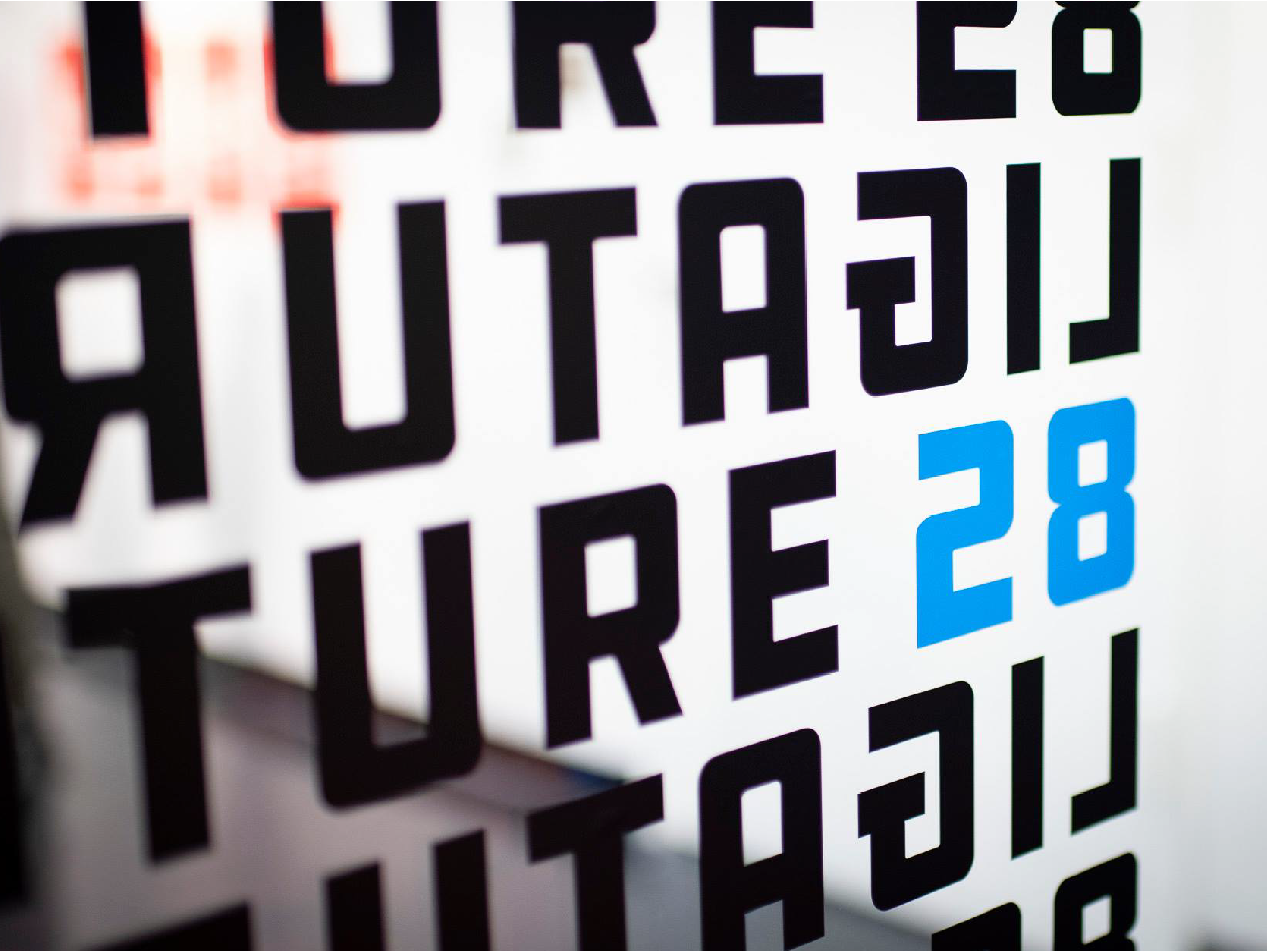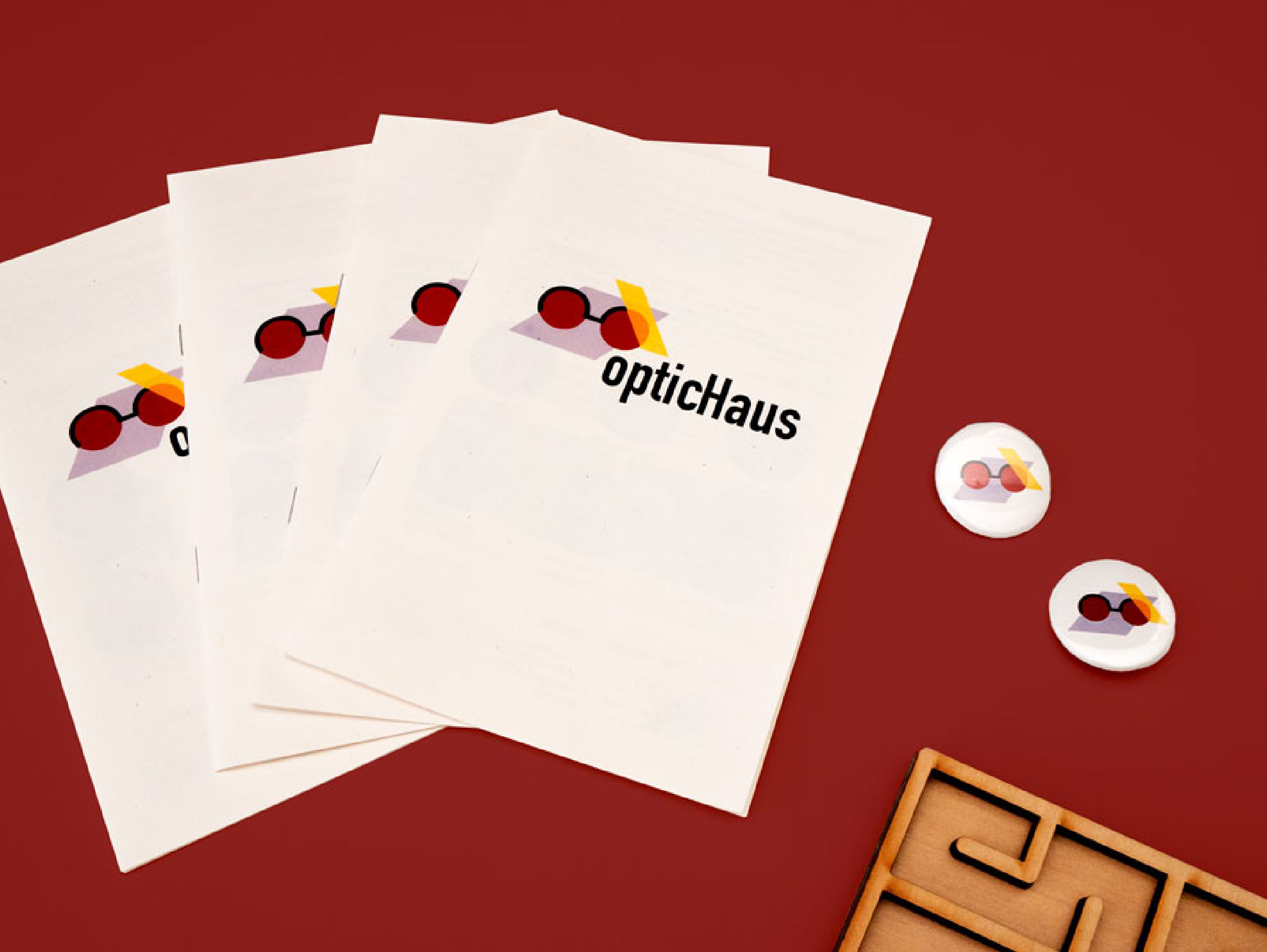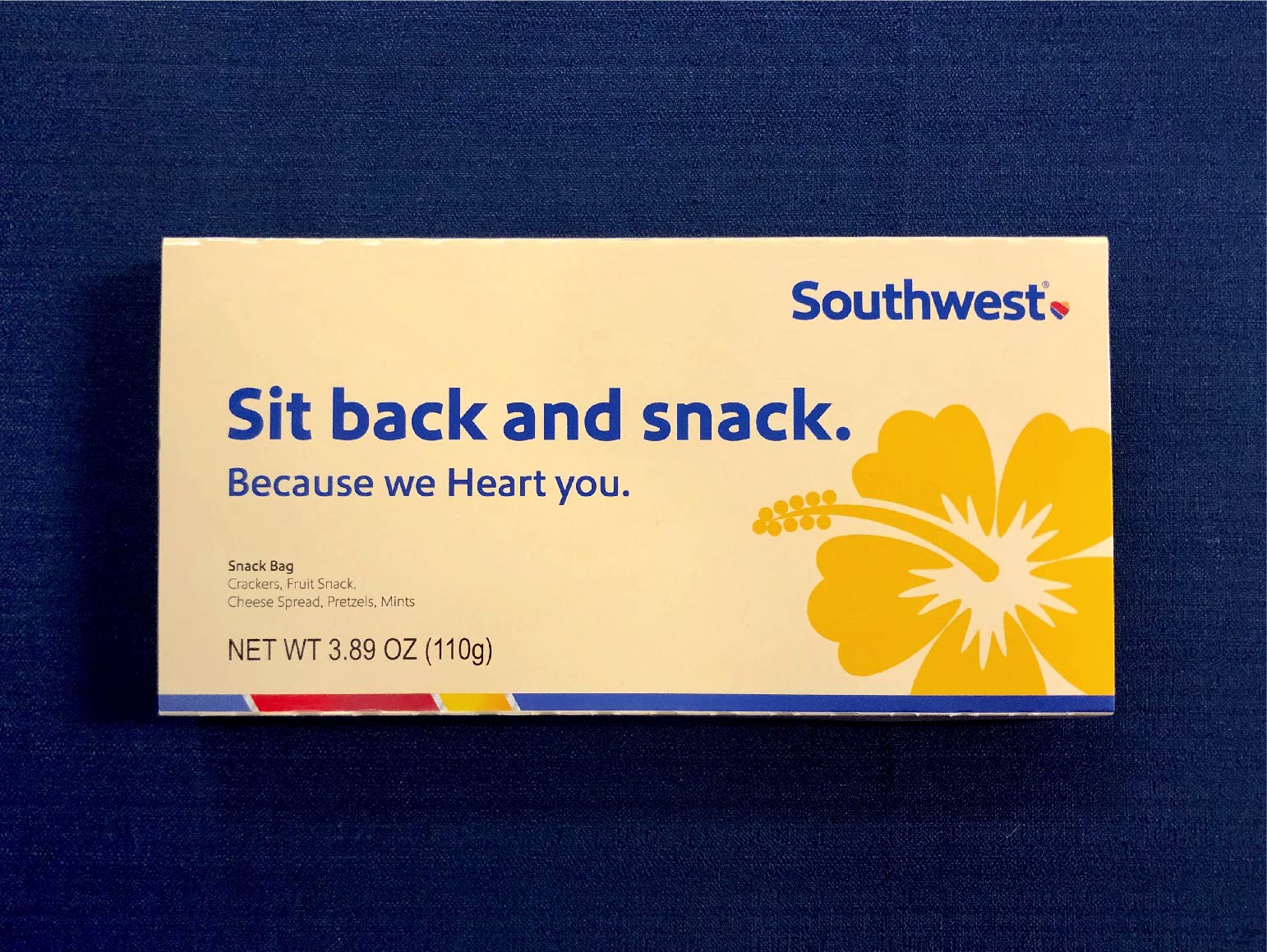YEAR
Spring 2018
Spring 2018
Spring 2018
DELIVERABLES
DELIVERABLES
DELIVERABLES
Branding
Virtual Reality Design
Branding
Virtual Reality Design
Branding
Virtual Reality Design
TEAM
TEAM
TEAM
Kendal Jones (Graphic Design)
César González (Programming)
Elise Falck (Programming)
Dennesia Turner (Programming)
Michael Ngo (Programming)
Myself (Graphic Design)
César González (Programming)
Elise Falck (Programming)
Dennesia Turner (Programming)
Michael Ngo (Programming)
Myself (Graphic Design)
César González (Programming)
Elise Falck (Programming)
Dennesia Turner (Programming)
Michael Ngo (Programming)
Myself (Graphic Design)
César González (Programming)
Elise Falck (Programming)
Dennesia Turner (Programming)
Michael Ngo (Programming)
Fostering Empathy through Human Centered Design
OpticHaus is a virtual reality (VR) experience for architects and interior designers. The program tests and evaluates proposed design solutions through the viewpoint of someone with an ocular disorder. The VR experience illuminates functionality as the highest priority when designing for persons with disabilities. Accordingly, my design inspiration was drawn from the Bauhaus Movement where “form follows function”. My role was to create the branding around OpticHaus.
Fostering Empathy through Human Centered Design
OpticHaus is a virtual reality (VR) experience for architects and interior designers. The program tests and evaluates proposed design solutions through the viewpoint of someone with an ocular disorder. The VR experience illuminates functionality as the highest priority when designing for persons with disabilities. Accordingly, my design inspiration was drawn from the Bauhaus Movement where “form follows function”. My role was to create the branding around OpticHaus.
Fostering Empathy through Human Centered Design
OpticHaus is a virtual reality (VR) experience for architects and interior designers. The program tests and evaluates proposed design solutions through the viewpoint of someone with an ocular disorder. The VR experience illuminates functionality as the highest priority when designing for persons with disabilities. Accordingly, my design inspiration was drawn from the Bauhaus Movement where “form follows function”. My role was to create the branding around OpticHaus.
Fostering Empathy through Human Centered Design
OpticHaus is a virtual reality (VR) experience for architects and interior designers. The program tests and evaluates proposed design solutions through the viewpoint of someone with an ocular disorder. The VR experience illuminates functionality as the highest priority when designing for persons with disabilities. Accordingly, my design inspiration was drawn from the Bauhaus Movement where “form follows function”. My role was to create the branding around OpticHaus.
PROJECT INSPIRATION

THE BRIEF
Create a virtual reality simulation that places architects and interior designers "in the shoes” of persons with ocular disorders for the purpose of testing and evaluating proposed design solutions.
The goal of the simulation is to improve focus on human-centered design. This simulation provides an experience that helps architects and interior designers develop a context for how persons with ocular disorders interact with space.
The standard architect/interior designer process flow chart below is supplemented with the added step of the VR simulation (Unity).
Create a virtual reality simulation that places architects and interior designers "in the shoes” of persons with ocular disorders for the purpose of testing and evaluating proposed design solutions.
The goal of the simulation is to improve focus on human-centered design. This simulation provides an experience that helps architects and interior designers develop a context for how persons with ocular disorders interact with space.
The standard architect/interior designer process flow chart below is supplemented with the added step of the VR simulation (Unity).
Create a virtual reality simulation that places architects and interior designers "in the shoes” of persons with ocular disorders for the purpose of testing and evaluating proposed design solutions.
The goal of the simulation is to improve focus on human-centered design. This simulation provides an experience that helps architects and interior designers develop a context for how persons with ocular disorders interact with space.
The standard architect/interior designer process flow chart below is supplemented with the added step of the VR simulation (Unity).

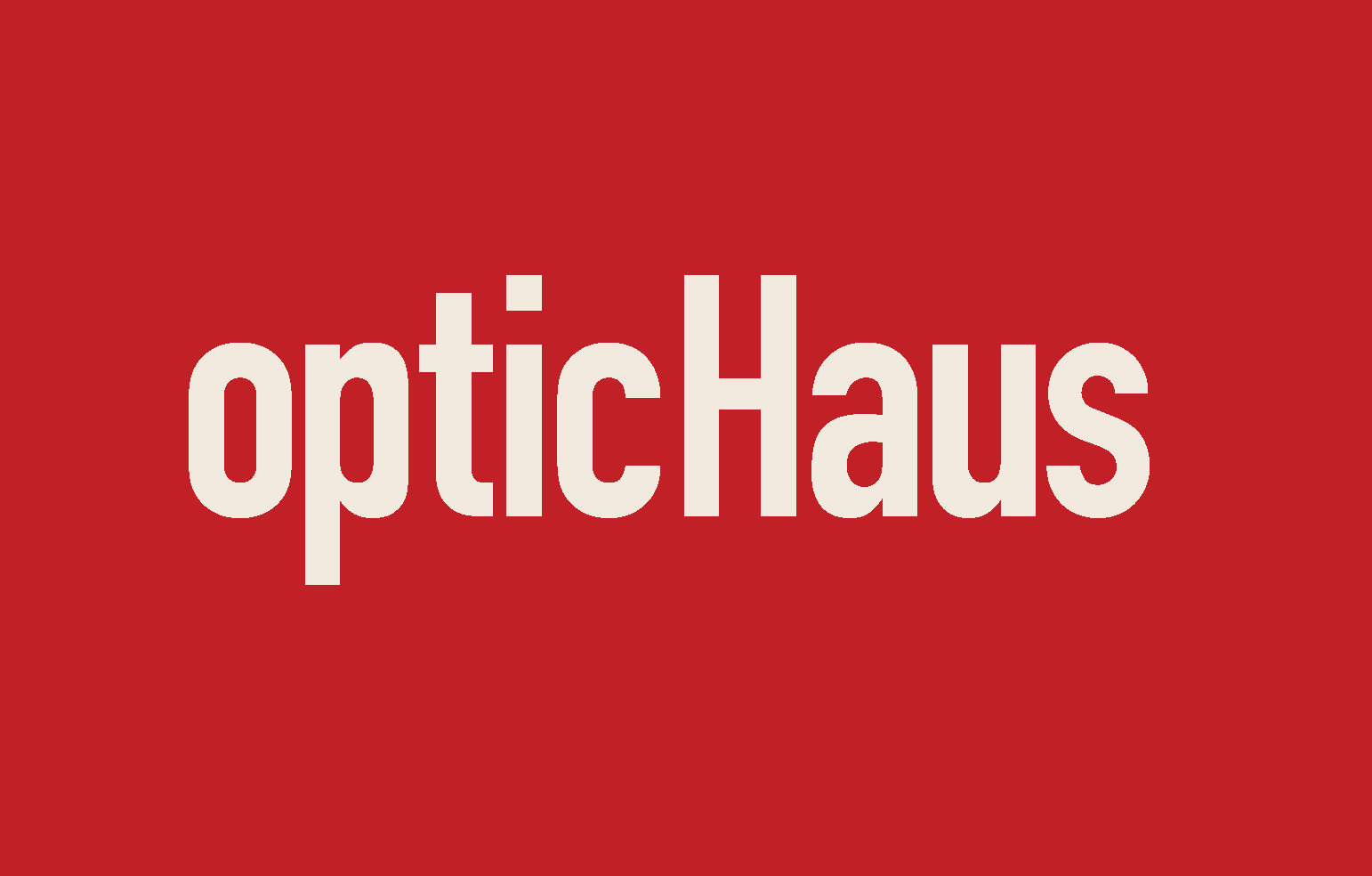
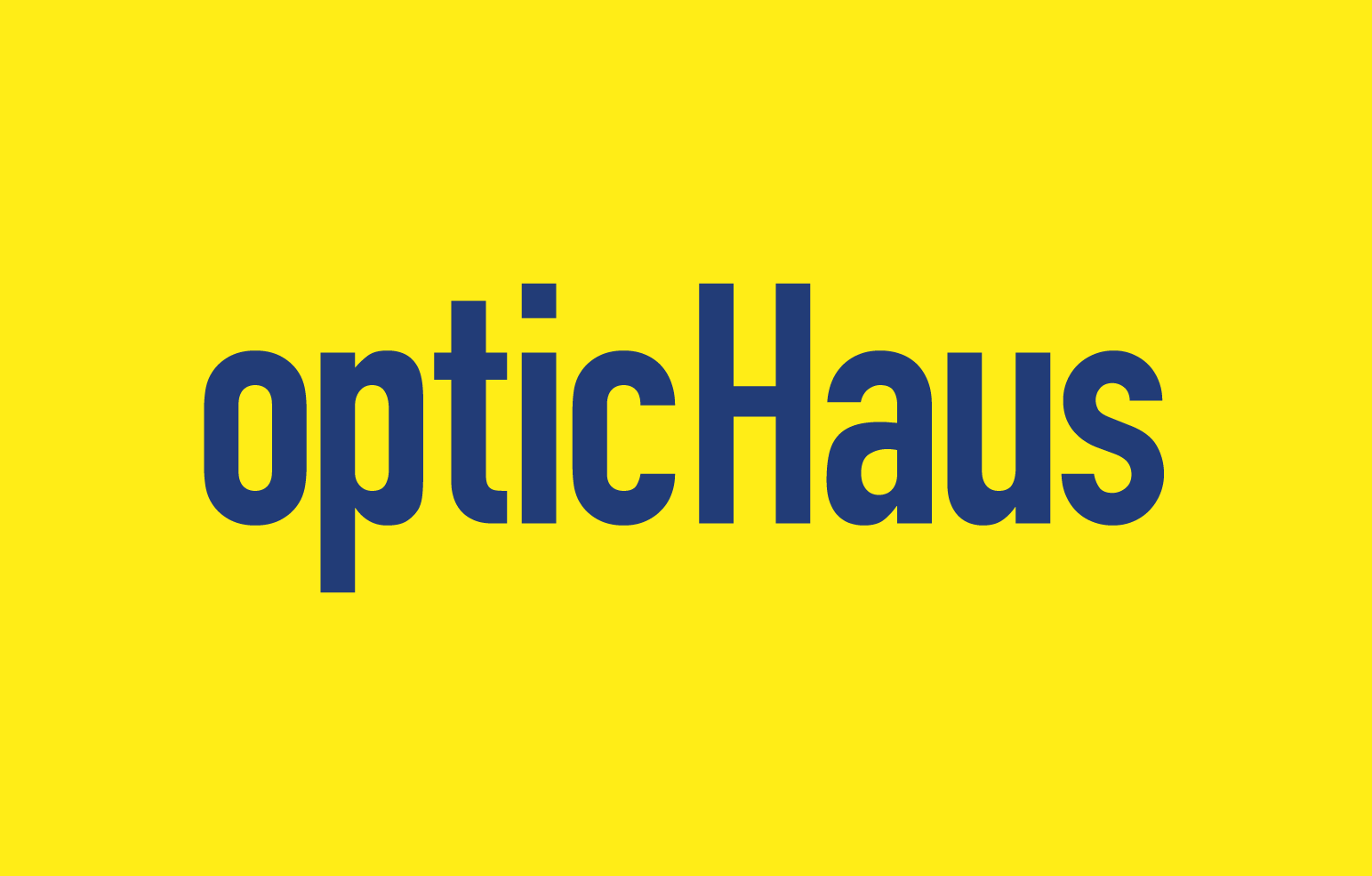
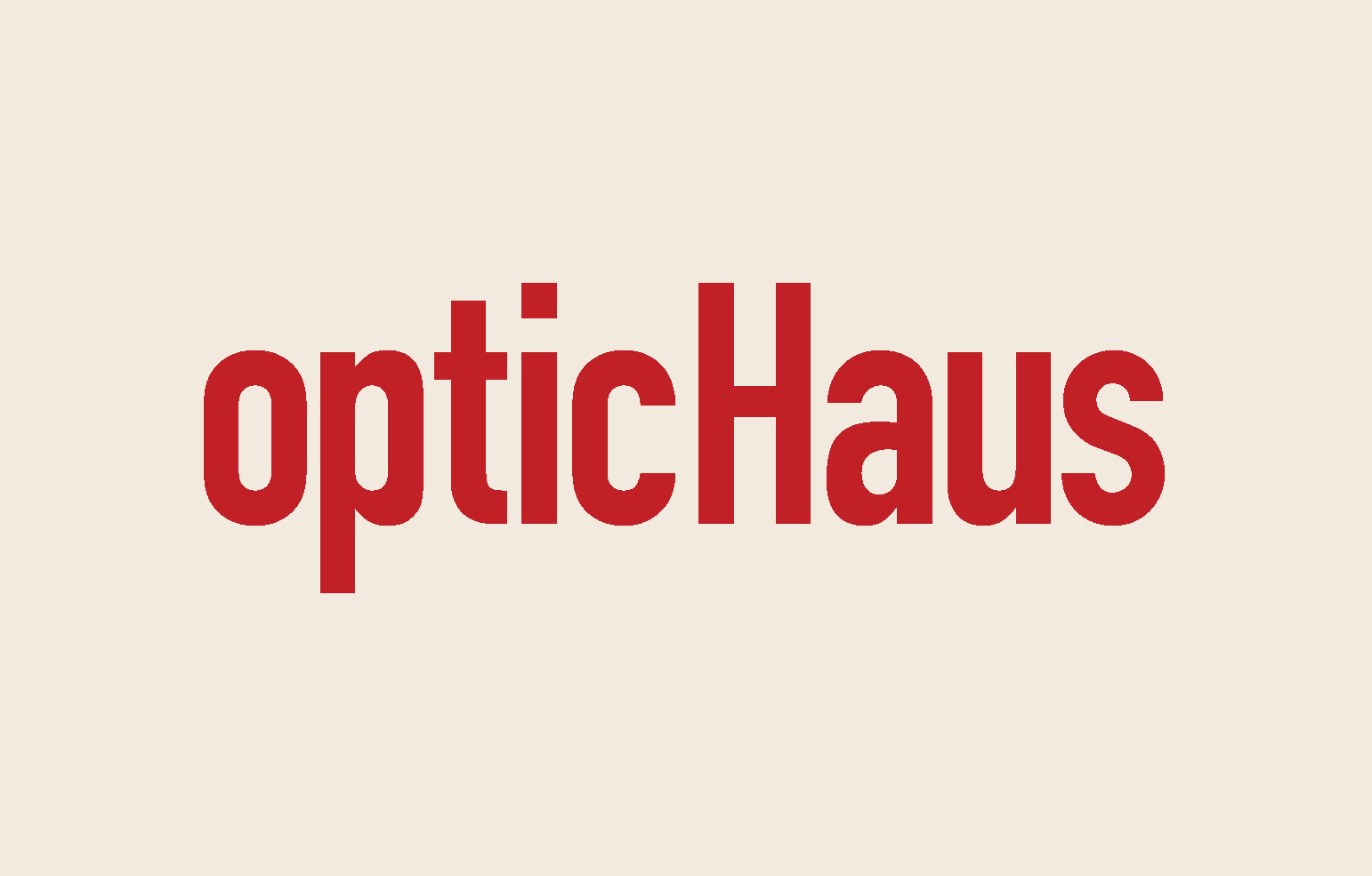

The simulation, named opticHaus, illuminates that the design of a space must first be functional to everyone before it can focus on the visual aesthetic. In other words, form follows function. This concept is at the core of the Bauhaus Movement and was the inspiration for the name and visual language.
The simulation, named opticHaus, illuminates that the design of a space must first be functional to everyone before it can focus on the visual aesthetic. In other words, form follows function. This concept is at the core of the Bauhaus Movement and was the inspiration for the name and visual language.
The simulation, named opticHaus, illuminates that the design of a space must first be functional to everyone before it can focus on the visual aesthetic. In other words, form follows function. This concept is at the core of the Bauhaus Movement and was the inspiration for the name and visual language.
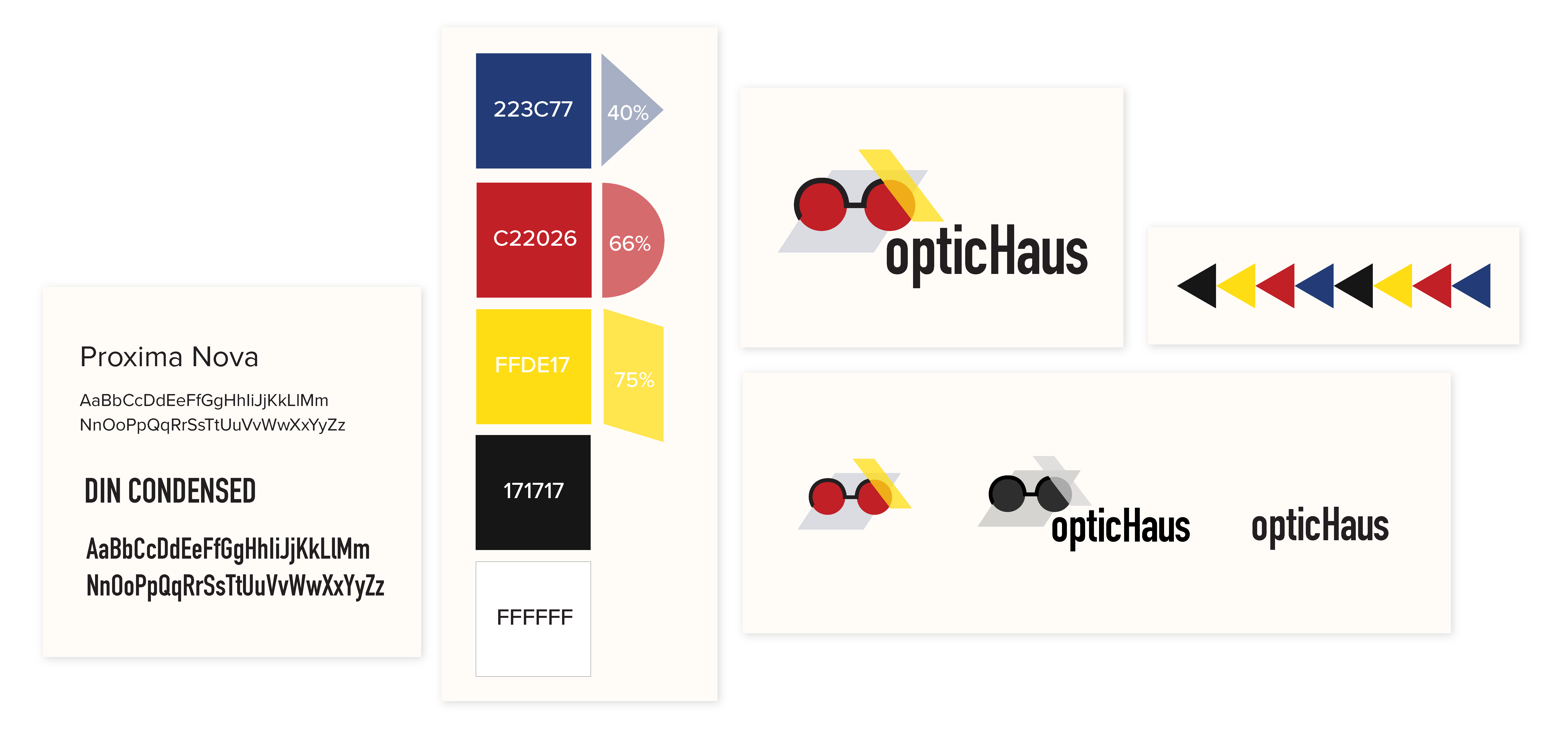
Bauhaus design is marked by geometric fonts, linear shapes, and primary colors. I included these major markers and merged them with ocular imagery and an allusion to 3D architectural space. The beginning logo iterations are shown below.
Bauhaus design is marked by geometric fonts, linear shapes, and primary colors. I included these major markers and merged them with ocular imagery and an allusion to 3D architectural space. The beginning logo iterations are shown below.
Bauhaus design is marked by geometric fonts, linear shapes, and primary colors. I included these major markers and merged them with ocular imagery and an allusion to 3D architectural space. The beginning logo iterations are shown below.
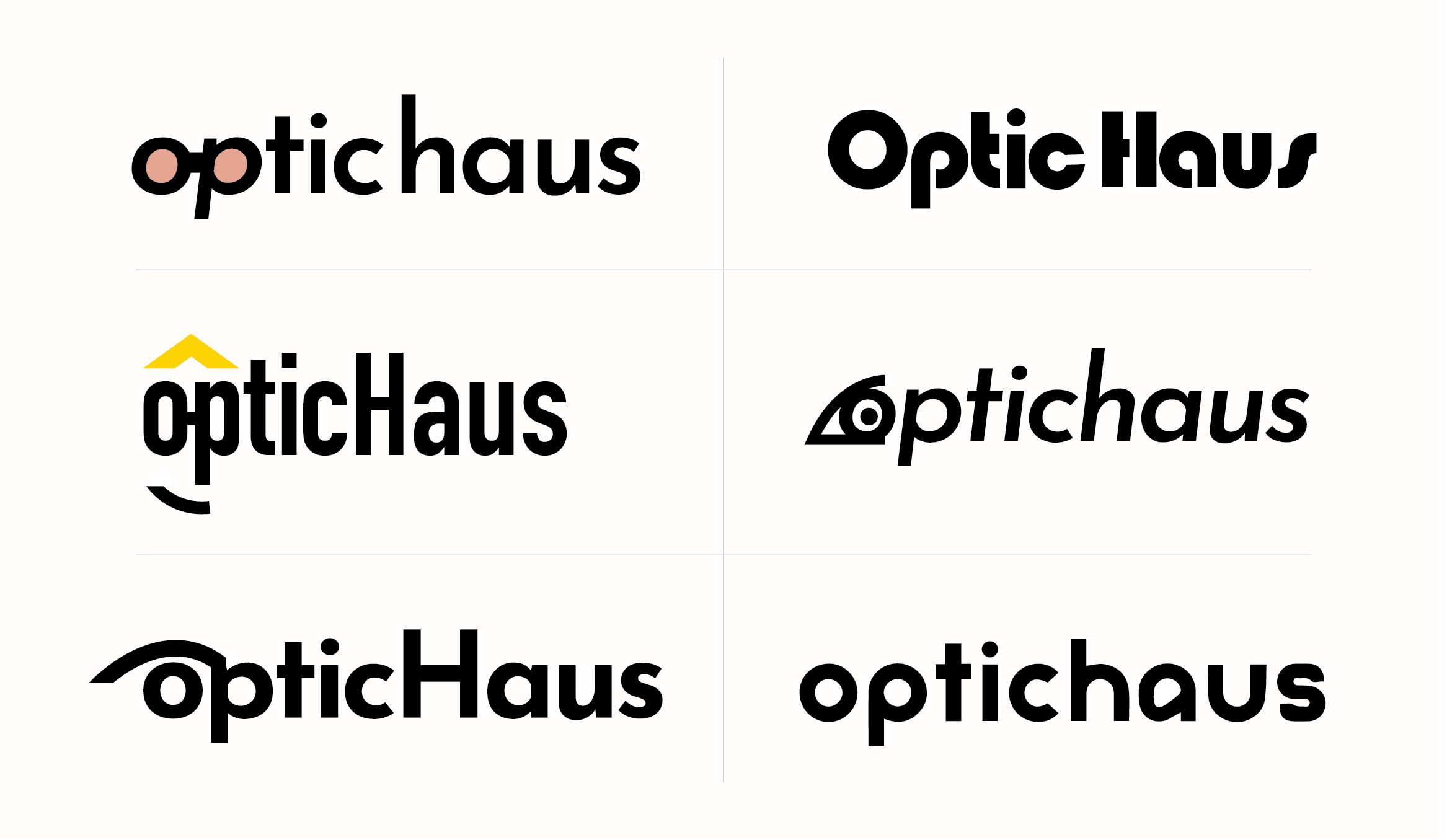
Exploration of the pictoral mark once namemark was chosen
Exploration of the pictoral mark once namemark was chosen
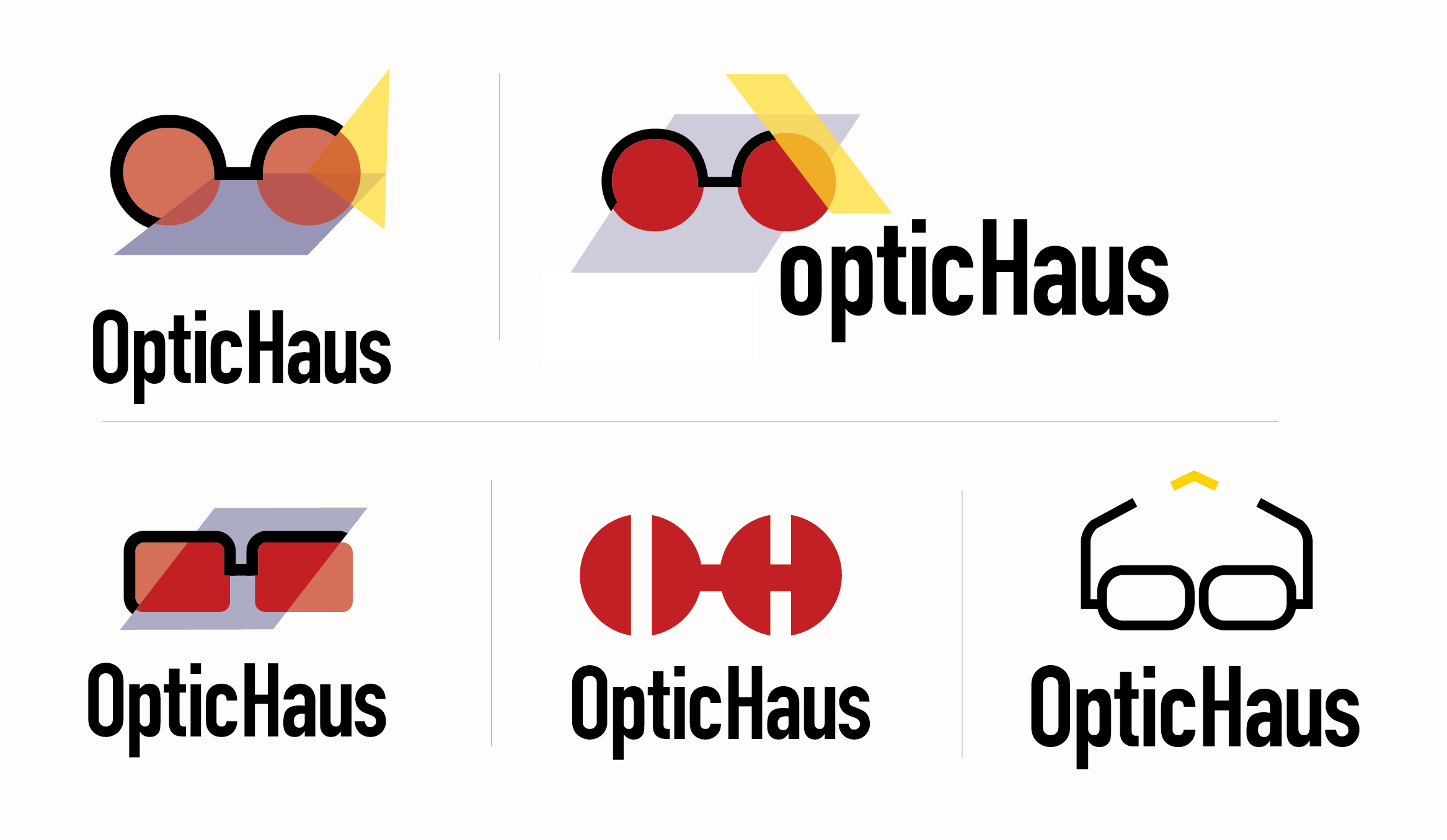
Exploration of the namemark and identity
MY ROLE
As the graphic designer for the team, I created the name, visual system, and branding. I worked with the other team members to implement these design elements into the VR simulation.
For "Demo Day", I created an in-person experience with different brand touchpoints. This included a booklet, keychains, activities, signs, and other takeaways as deliverables.
As the graphic designer for the team, I created the name, visual system, and branding. I worked with the other team members to implement these design elements into the VR simulation.
For "Demo Day", I created an in-person experience with different brand touchpoints. This included a booklet, keychains, activities, signs, and other takeaways as deliverables.
As the graphic designer for the team, I created the name, visual system, and branding. I worked with the other team members to implement these design elements into the VR simulation.
For "Demo Day", I created an in-person experience with different brand touchpoints. This included a booklet, keychains, activities, signs, and other takeaways as deliverables.
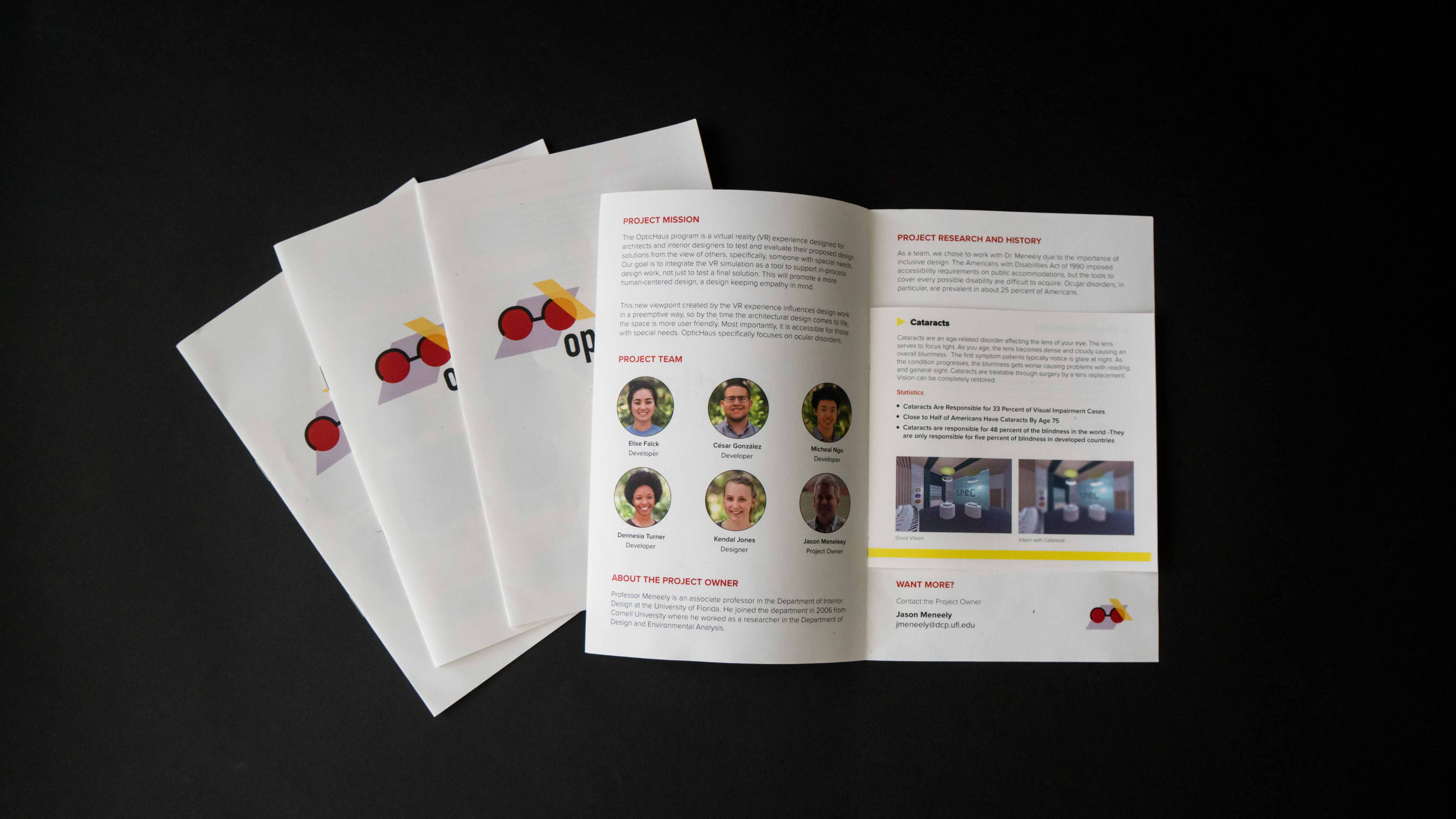
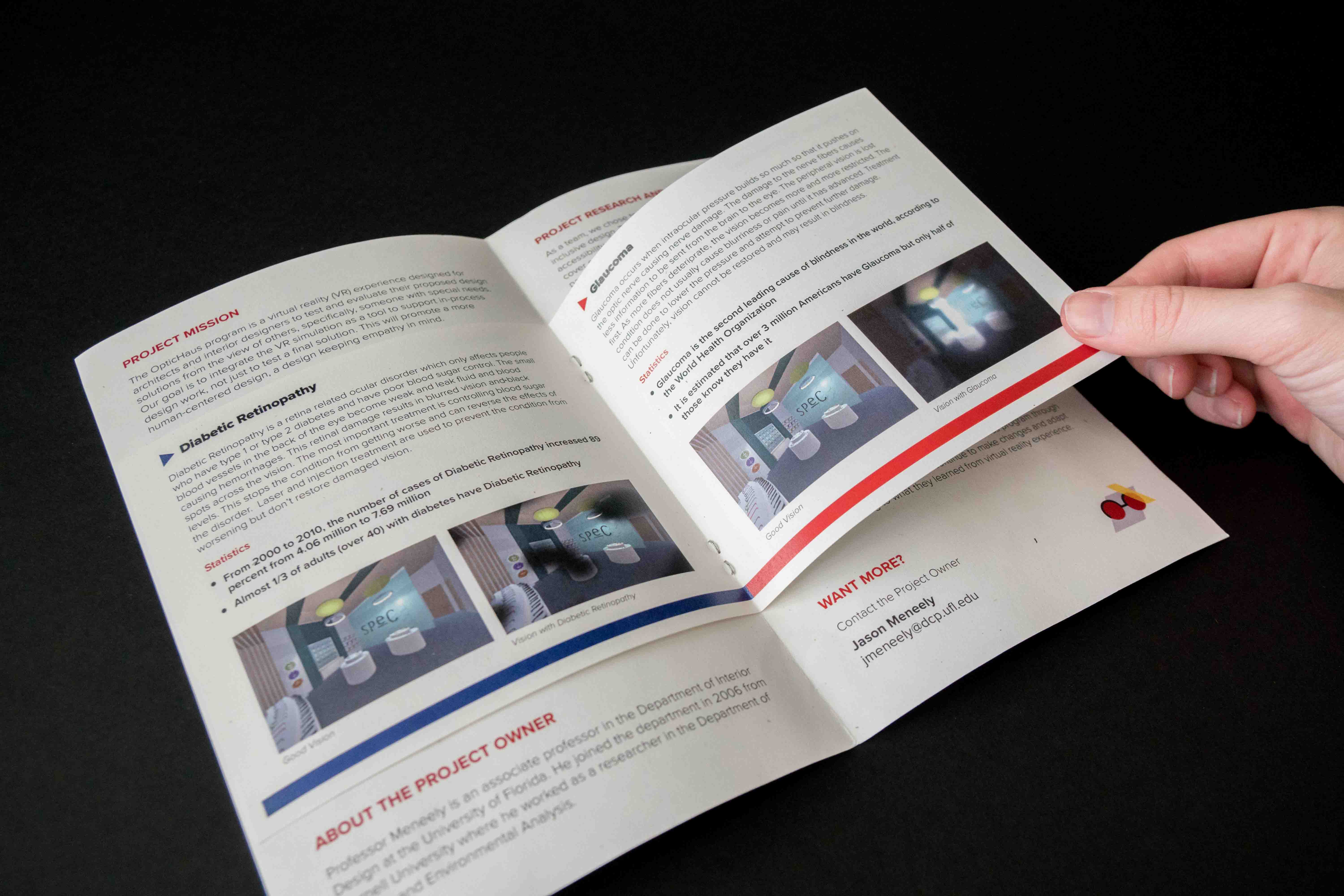
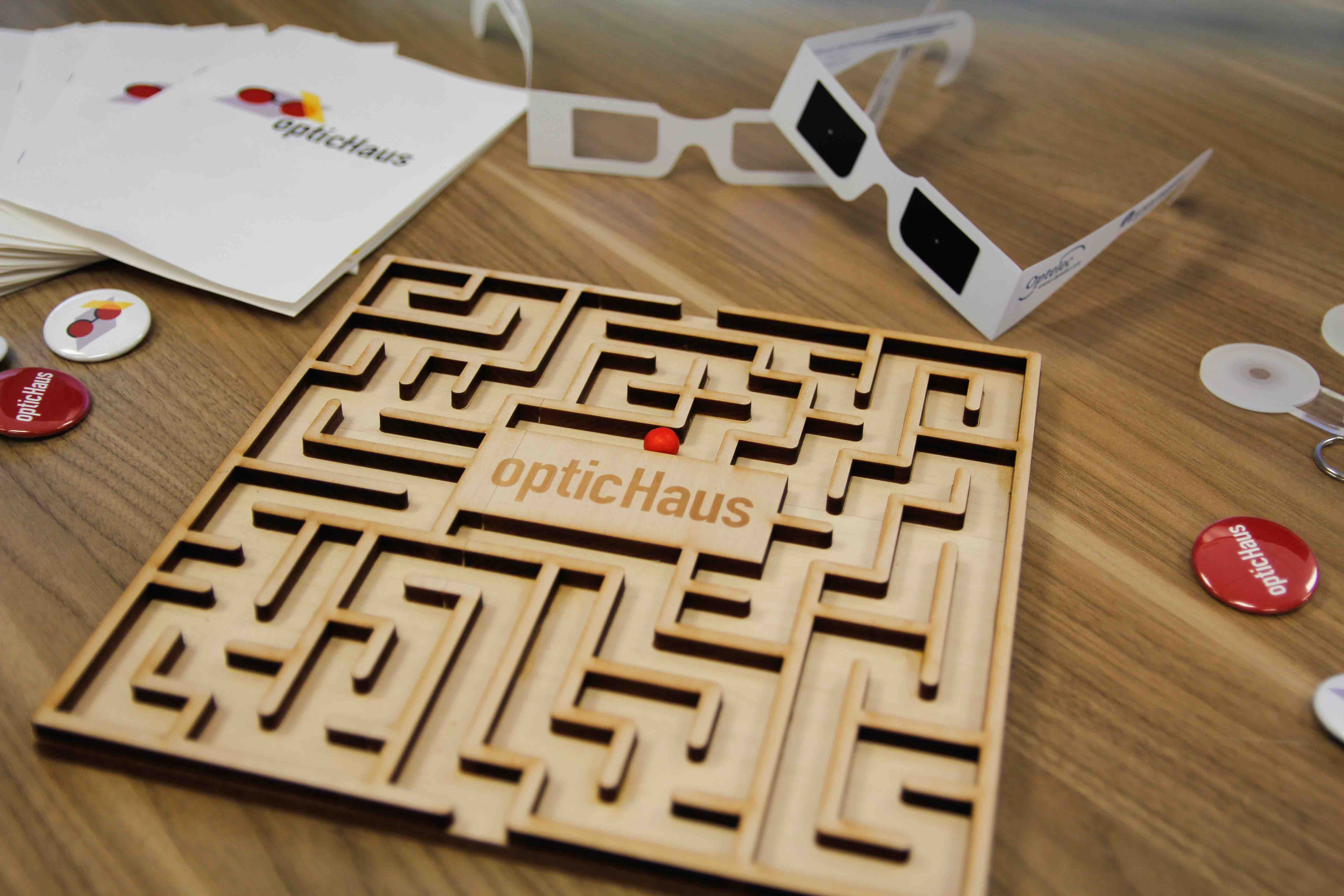
GAMES AND SWAG
GAMES AND SWAG
GAMES AND SWAG
The maze game is an important additional touchpoint that allows people waiting to try the VR headset to better understand the simulation's message and purpose. Participants are challenged to navigate the maze while wearing glasses that emulate the ocular disorders highlighted by opticHaus.
opticHaus keychains were given as a gift to participants to provide a future reminder of the experience. The keychains are etched and function as a makeshift version of simulation glasses.
The maze game is an important additional touchpoint that allows people waiting to try the VR headset to better understand the simulation's message and purpose. Participants are challenged to navigate the maze while wearing glasses that emulate the ocular disorders highlighted by opticHaus.
opticHaus keychains were given as a gift to participants to provide a future reminder of the experience. The keychains are etched and function as a makeshift version of simulation glasses.
The maze game is an important additional touchpoint that allows people waiting to try the VR headset to better understand the simulation's message and purpose. Participants are challenged to navigate the maze while wearing glasses that emulate the ocular disorders highlighted by opticHaus.
opticHaus keychains were given as a gift to participants to provide a future reminder of the experience. The keychains are etched and function as a makeshift version of simulation glasses.
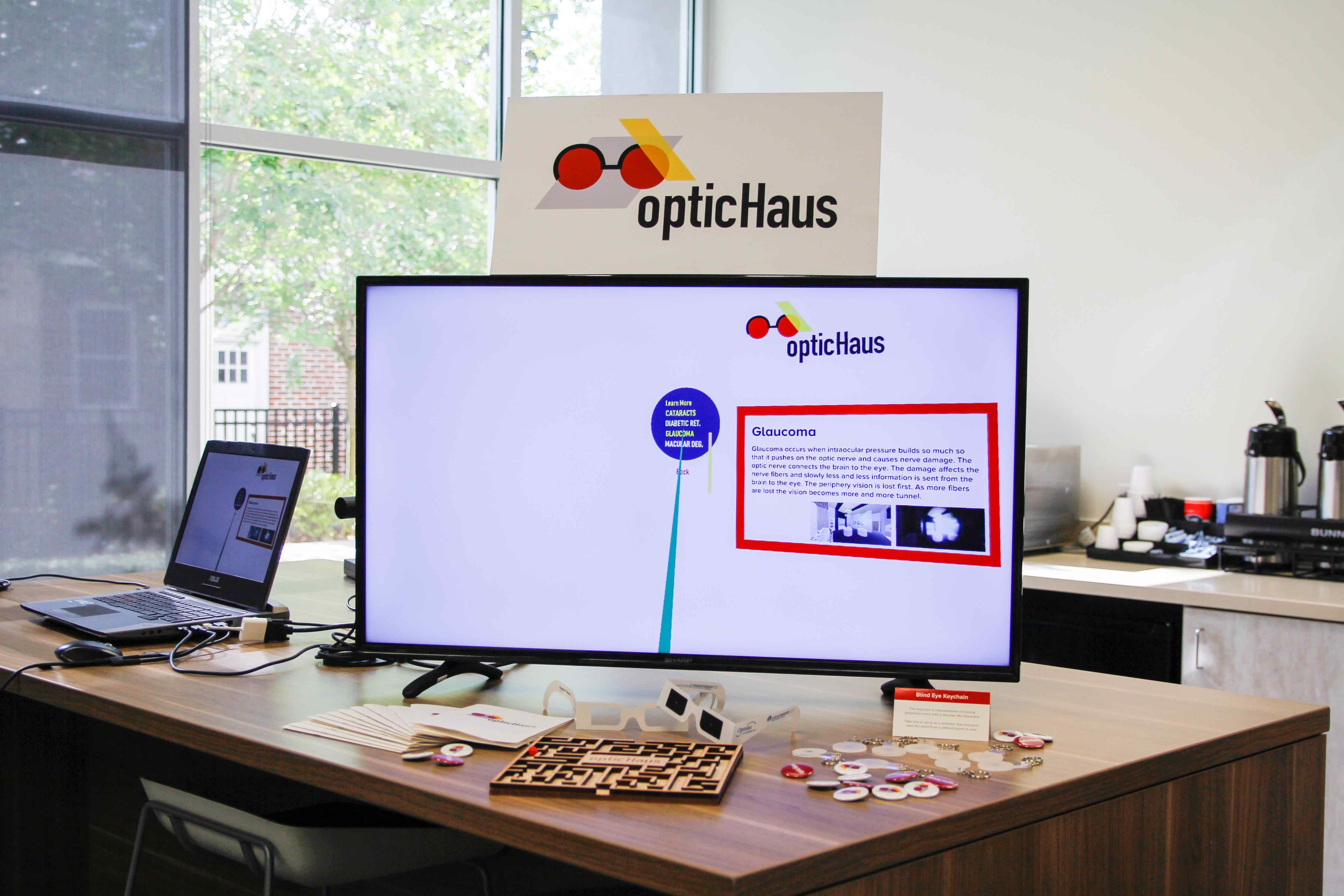
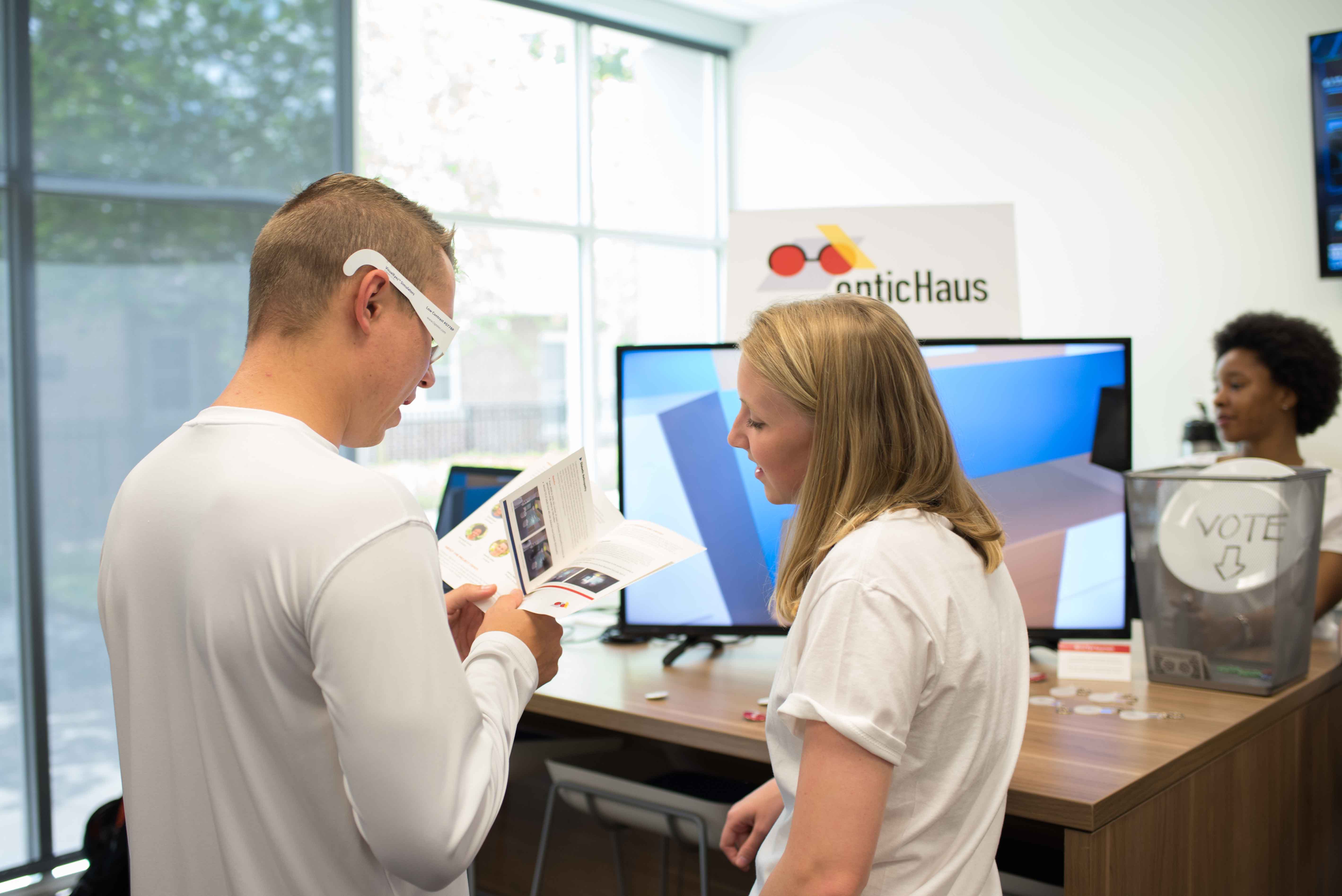
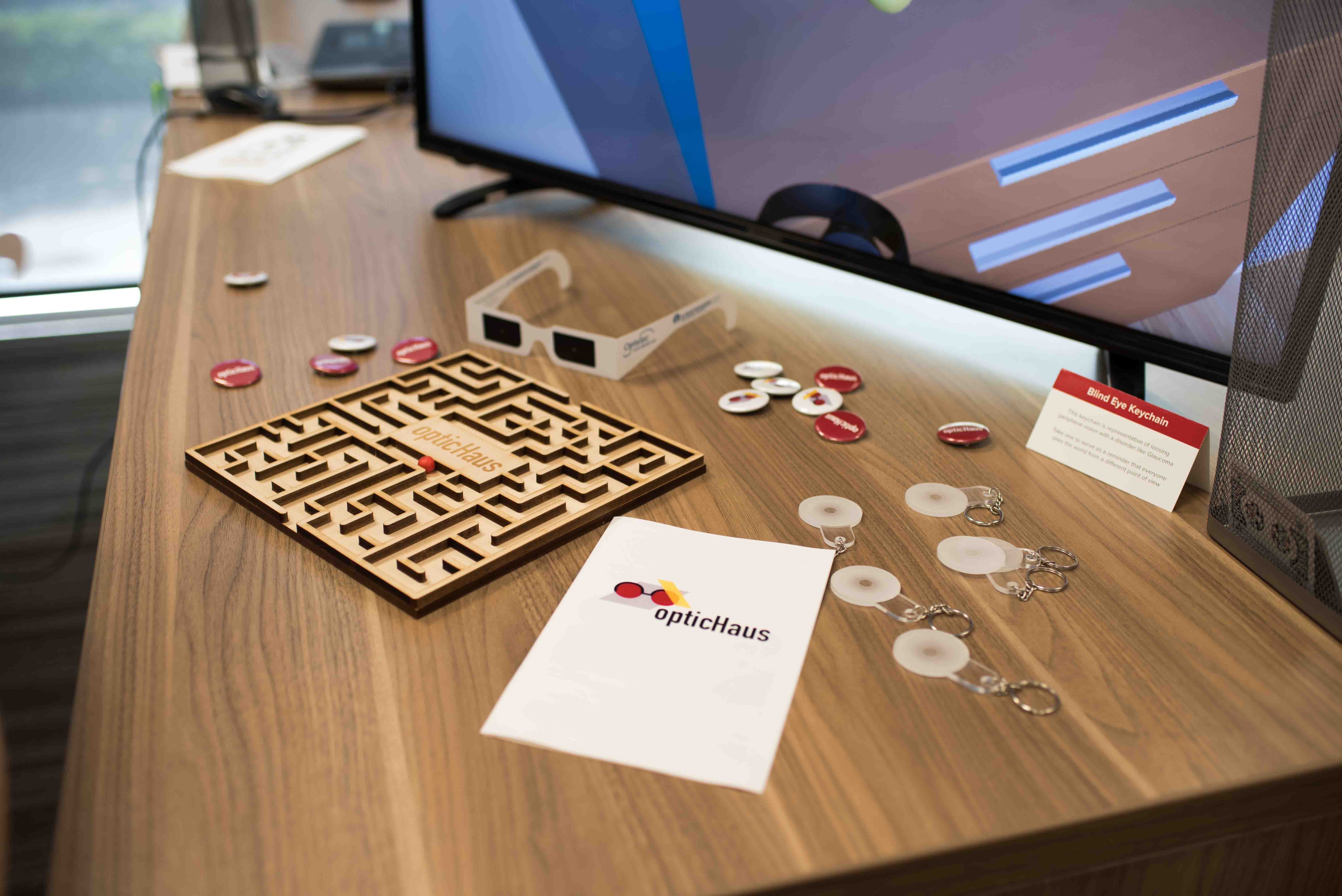
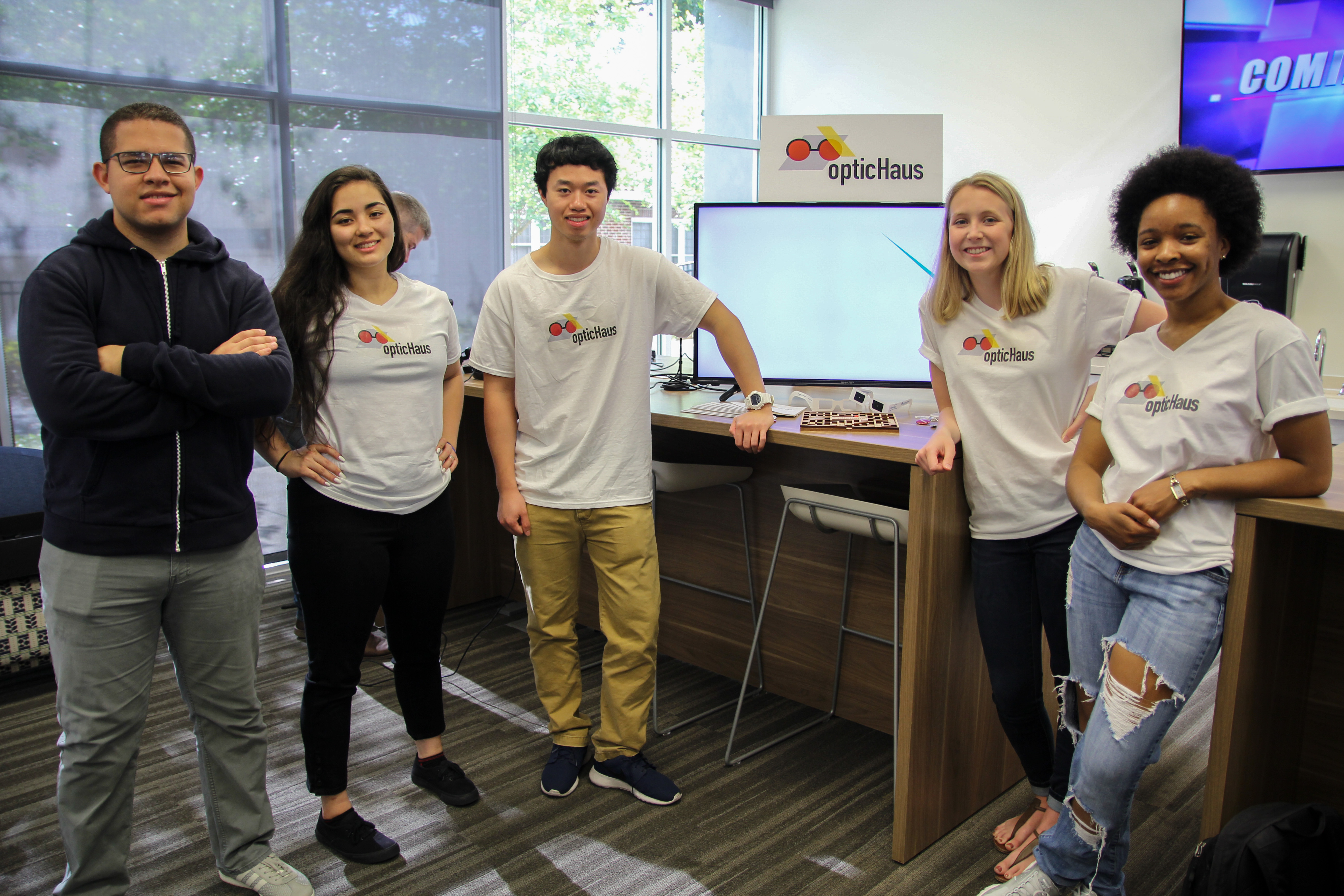
Slideshow of Demo Day
Video of the opticHaus simulation in action
Other Projects

Yukon Charlie's RebrandBranding
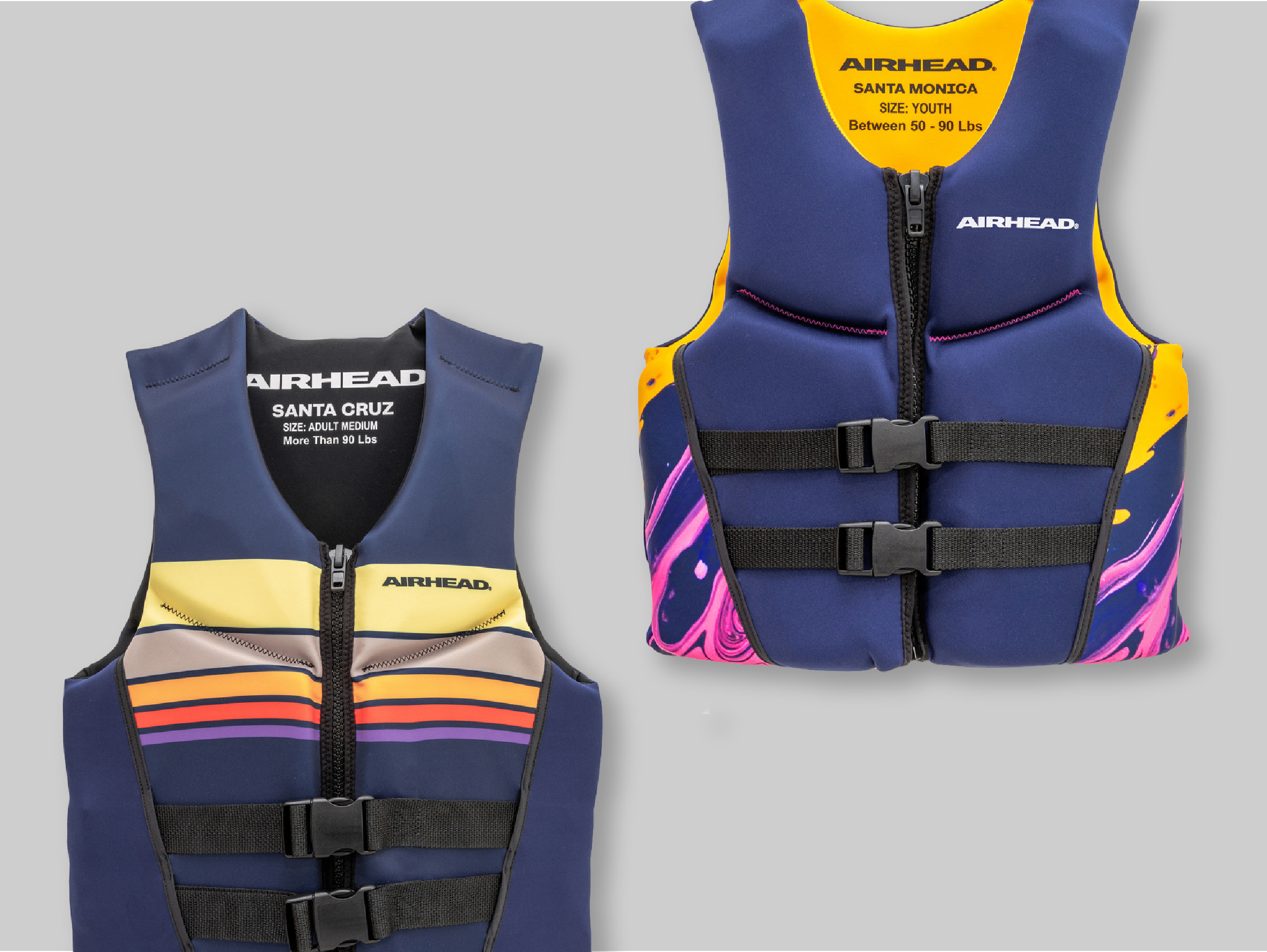
Product DesignProduct Design
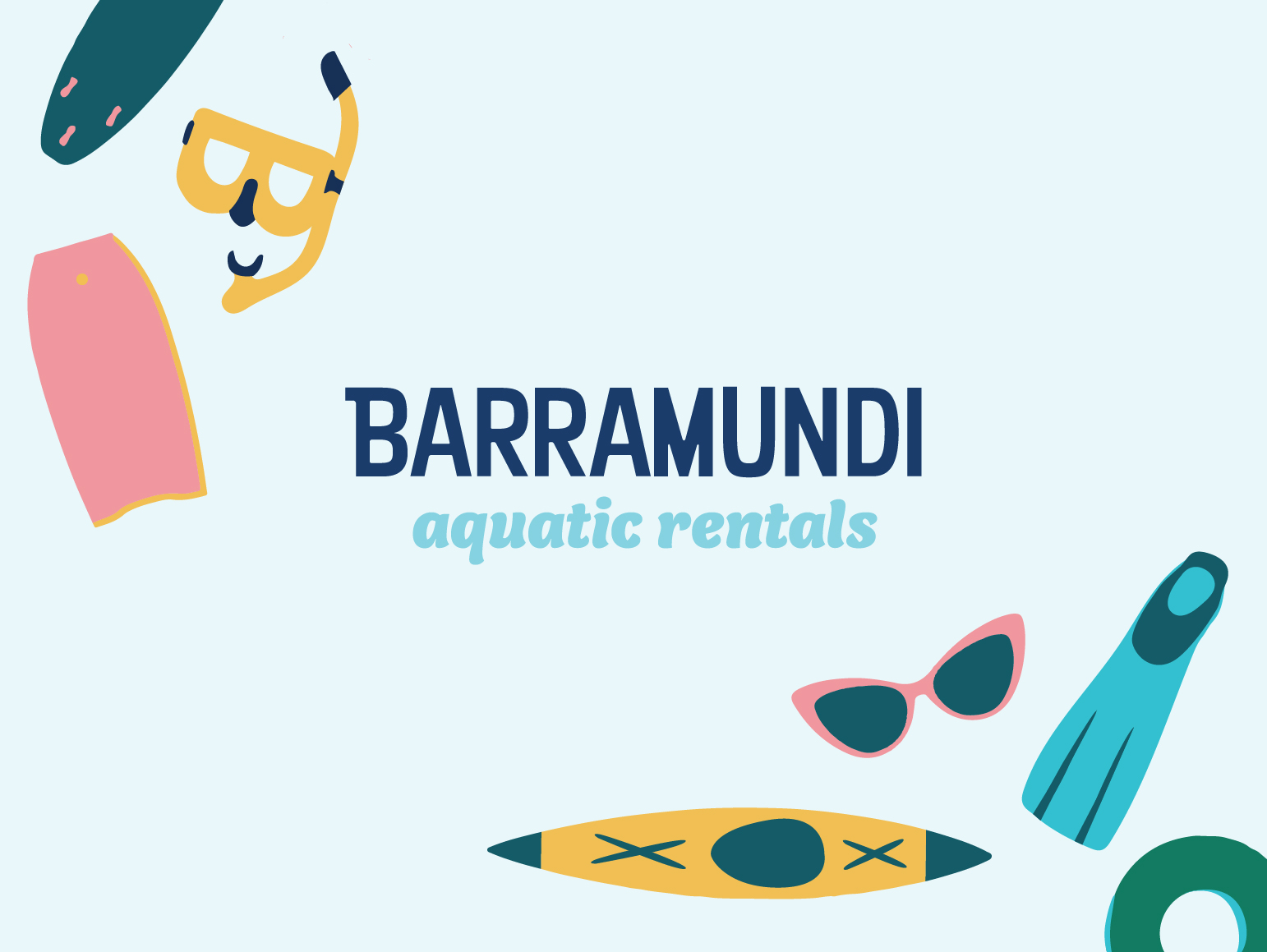
BarramundiBranding, Illustration
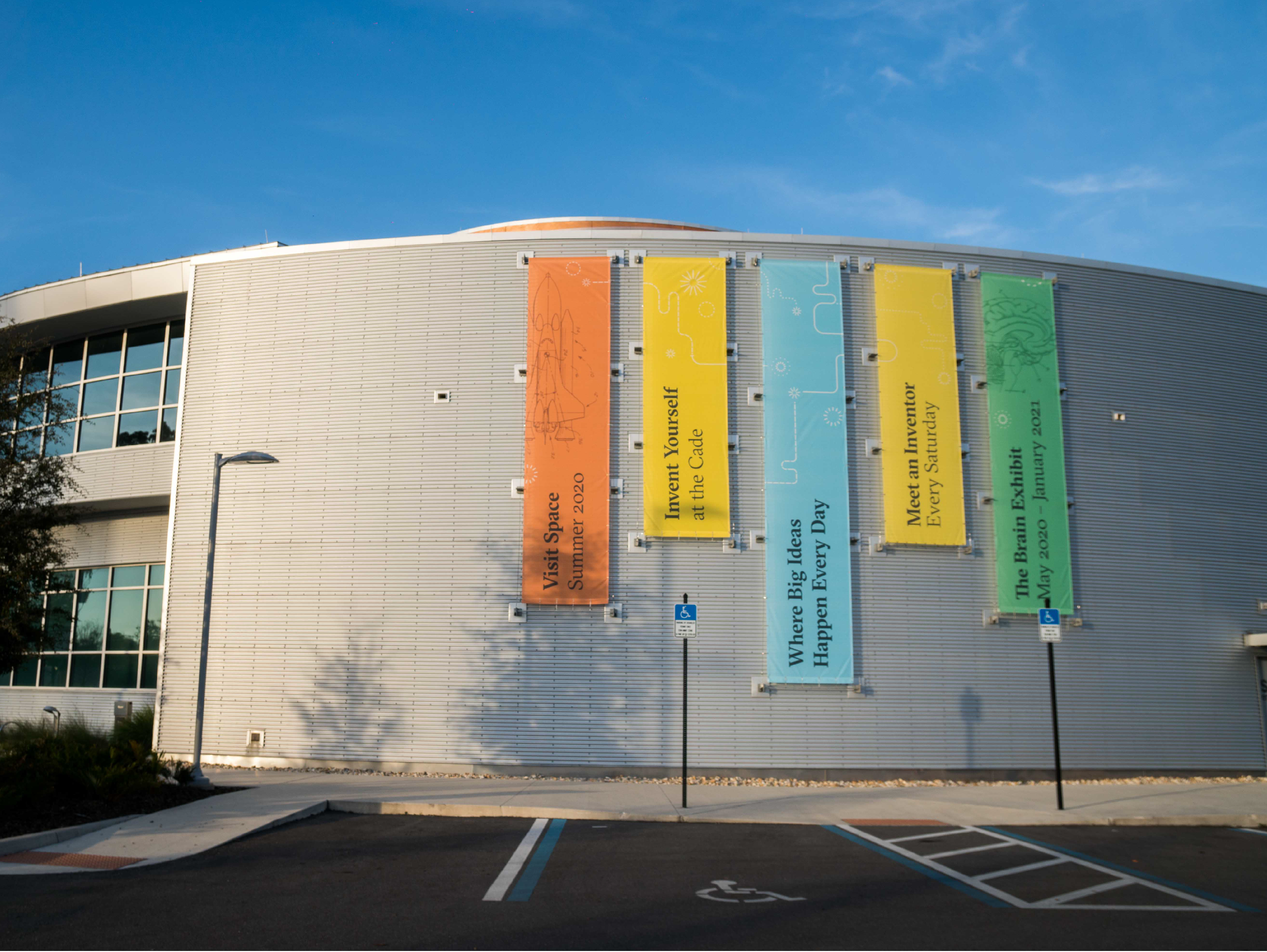
Cade MuseumIn House Design
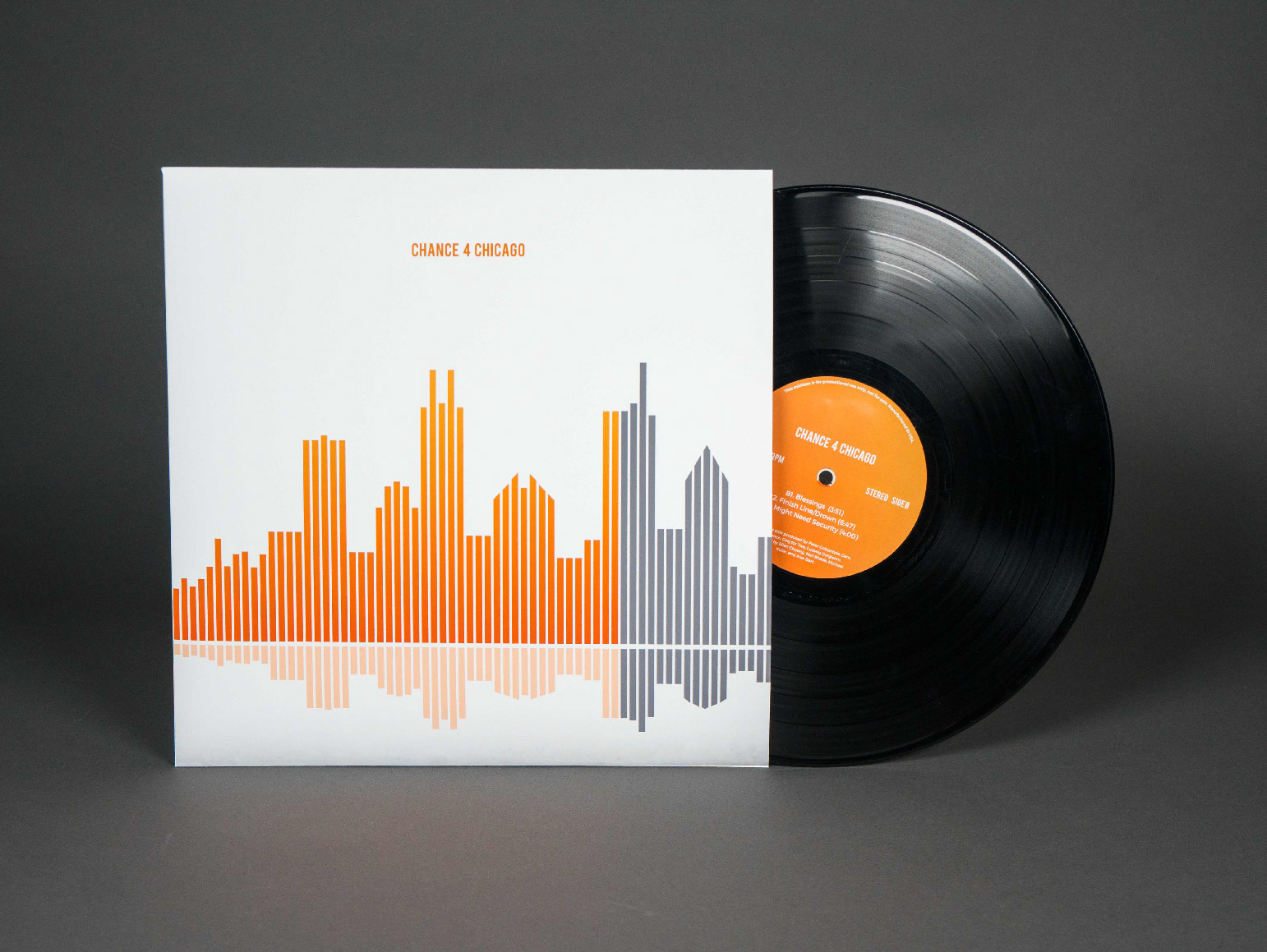
Chance for ChicagoCampaign, Branding

Men's Basketball AppUI / UX

Holiday CardGraphic Design, Laser-Cutting
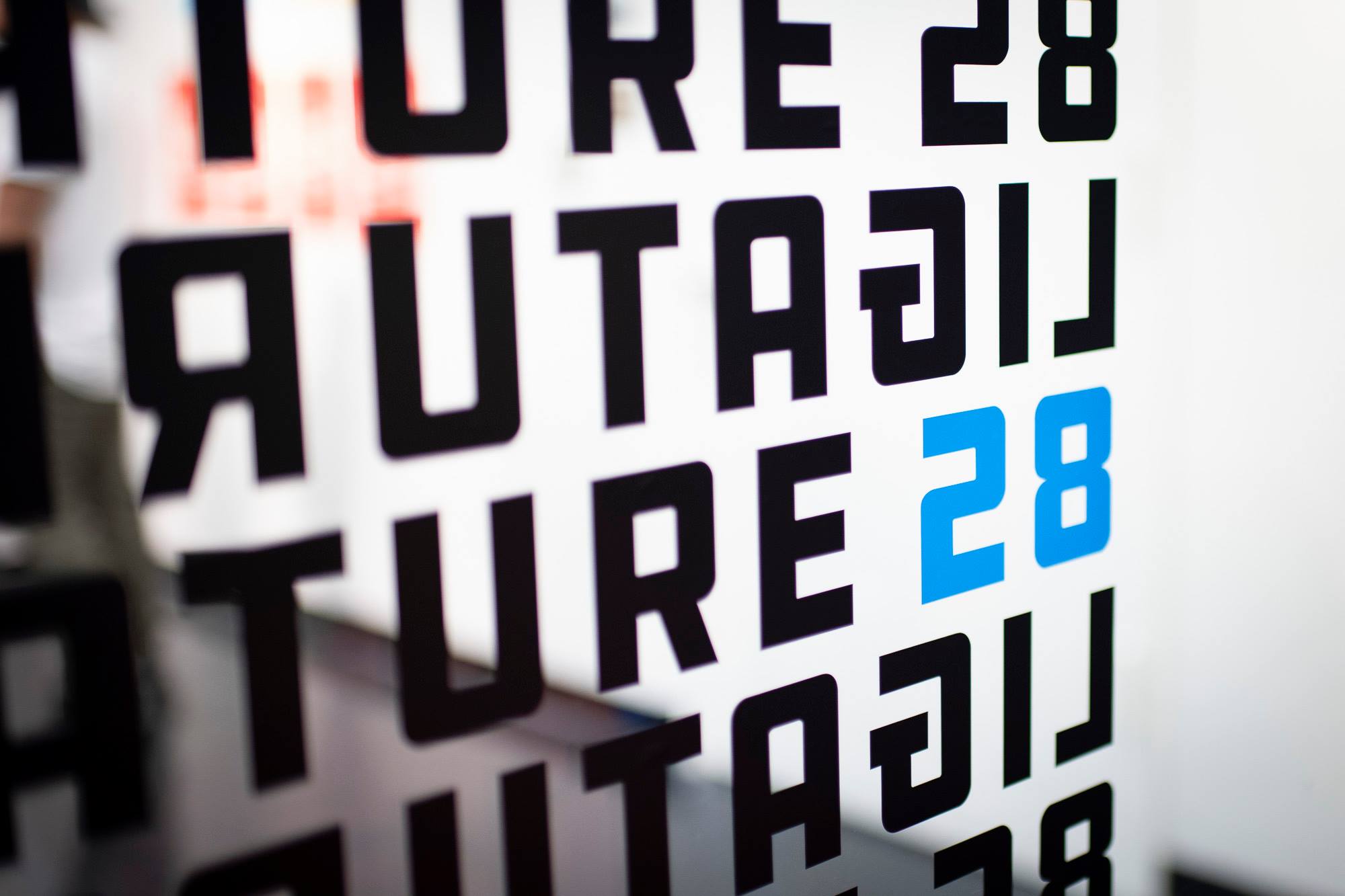
Ligature 28Project Management
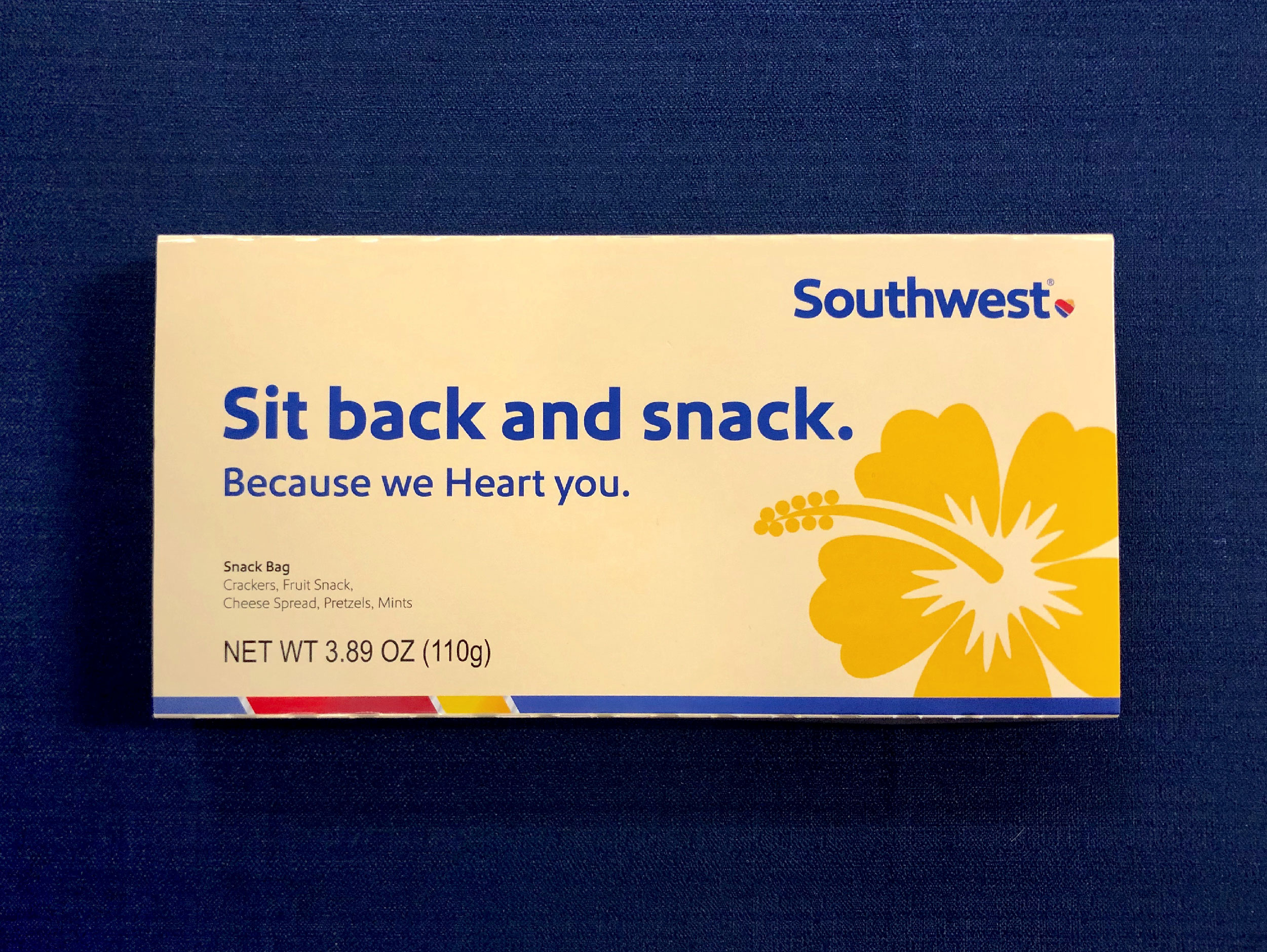
Southwest AirlinesInternship, Corporate

Brand PhotographyPhotography
Featured Projects in Header
All Projects & Work
